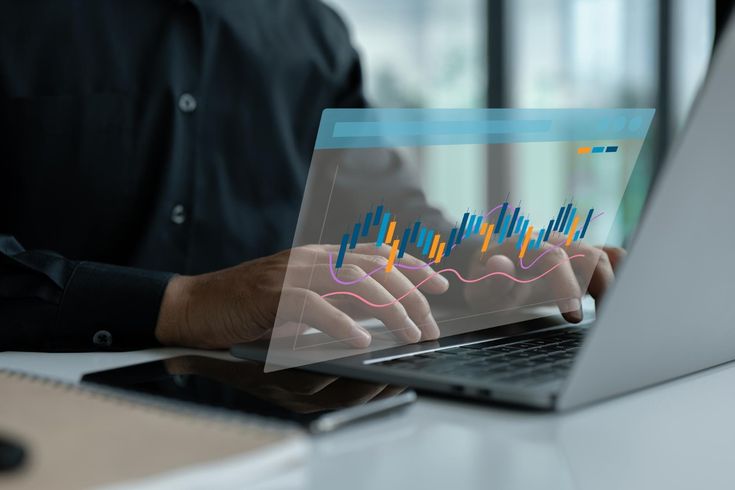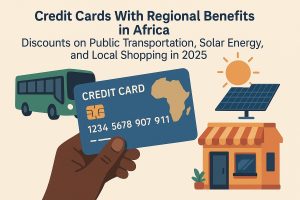In recent years, digital microcredit platforms have redefined the financial landscape in Africa, offering accessible alternatives to traditional banking. These peer-to-peer (P2P) systems allow individuals to lend and borrow directly, bypassing the high barriers once imposed by banks. Africans are embracing this model as a practical solution for small business growth, education, and personal finance.
The appeal of digital microcredit platforms lies in their simplicity and inclusivity. Borrowers no longer need extensive credit histories or collateral, and lenders gain opportunities to invest in real social impact. Through apps and secure digital systems, these platforms are creating financial bridges where institutions have long failed to reach. In this environment, innovation meets purpose — offering both profit and empowerment for millions.
How P2P Lending Works in the African Context

Unlike traditional financial institutions, P2P models rely on trust built through digital verification and data analytics. Users sign up on digital microcredit platforms, share personal information, and are matched with potential lenders based on risk profiles. The entire process — from loan approval to repayment — is managed online, significantly reducing overhead costs and time delays.
Moreover, the integration of mobile money systems like M-Pesa has accelerated adoption. Borrowers can receive and repay loans instantly using their phones, fostering convenience and accountability. In many ways, digital microcredit platforms have become the missing link between technology and social inclusion, giving people access to tools that once seemed unreachable.
The Drivers Behind Africa’s P2P Growth
Several factors explain why P2P lending has taken root so quickly in Africa. The continent’s youthful population, high entrepreneurial spirit, and limited access to bank loans create the perfect conditions for digital finance. As governments promote financial inclusion and fintech regulations evolve, digital microcredit platforms are gaining legitimacy and trust among users.
Additionally, the rise of blockchain and AI-based credit scoring systems has boosted transparency and reliability. These technologies ensure fairer lending conditions while reducing fraud. Investors from both inside and outside Africa are noticing this transformation, viewing P2P lending as a sustainable engine for economic progress.
Challenges and Opportunities Ahead
Despite the success, digital microcredit platforms face hurdles such as inconsistent regulations, cybersecurity risks, and low financial literacy among some users. To thrive, these platforms must continue to educate communities, enhance data protection, and collaborate with local authorities. Clear regulatory frameworks will be crucial to guarantee fair practices and long-term growth.
At the same time, there are massive opportunities. By partnering with NGOs, banks, and fintech startups, P2P platforms can expand their outreach to rural regions and small-scale entrepreneurs. This collaboration can further strengthen Africa’s digital economy while promoting social equity.
The Future of Financial Inclusion in Africa
As Africa moves deeper into the digital era, digital microcredit platforms will continue to drive empowerment and innovation. Their growth reflects more than just financial progress — it represents a cultural shift toward independence and resilience. By enabling individuals to support one another through accessible credit, these platforms are shaping a new, inclusive financial identity for the continent.
Ultimately, the expansion of digital microcredit platforms in Africa tells a powerful story of empowerment, innovation, and human connection. It demonstrates that technology, when designed to serve genuine needs, can bridge economic divides and build sustainable trust. By linking people through accessible financial tools, these systems foster collaboration and growth.




